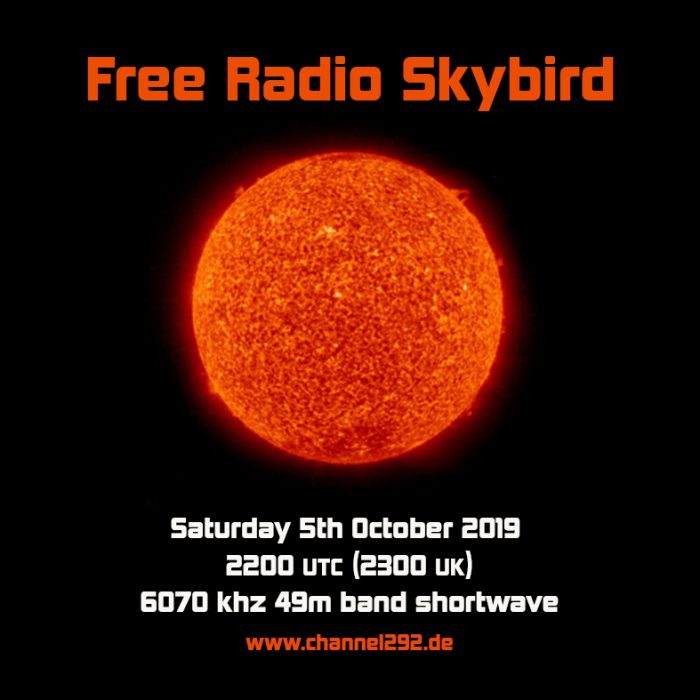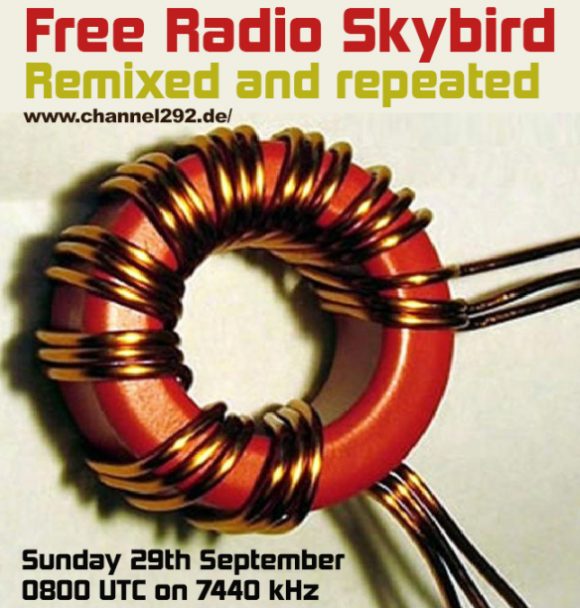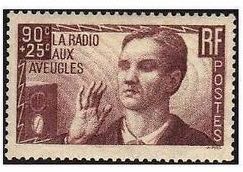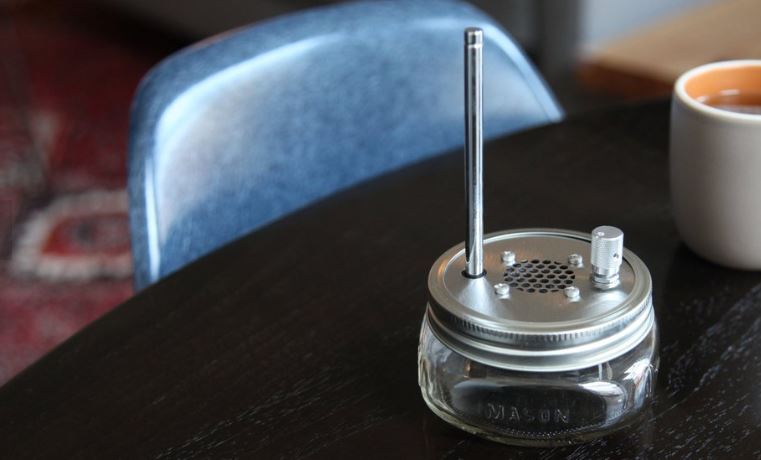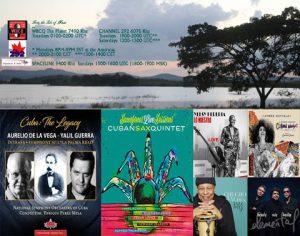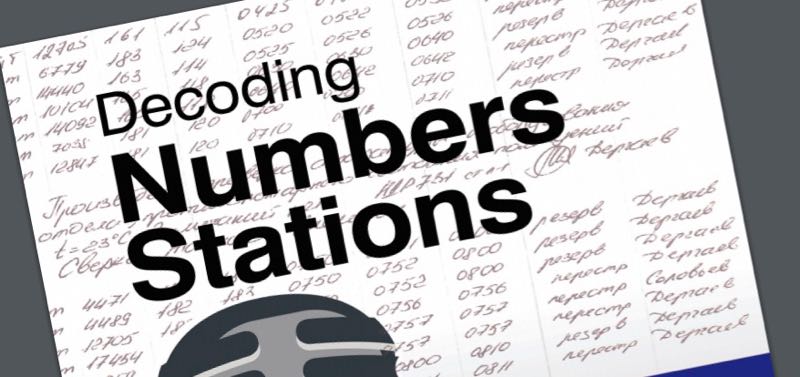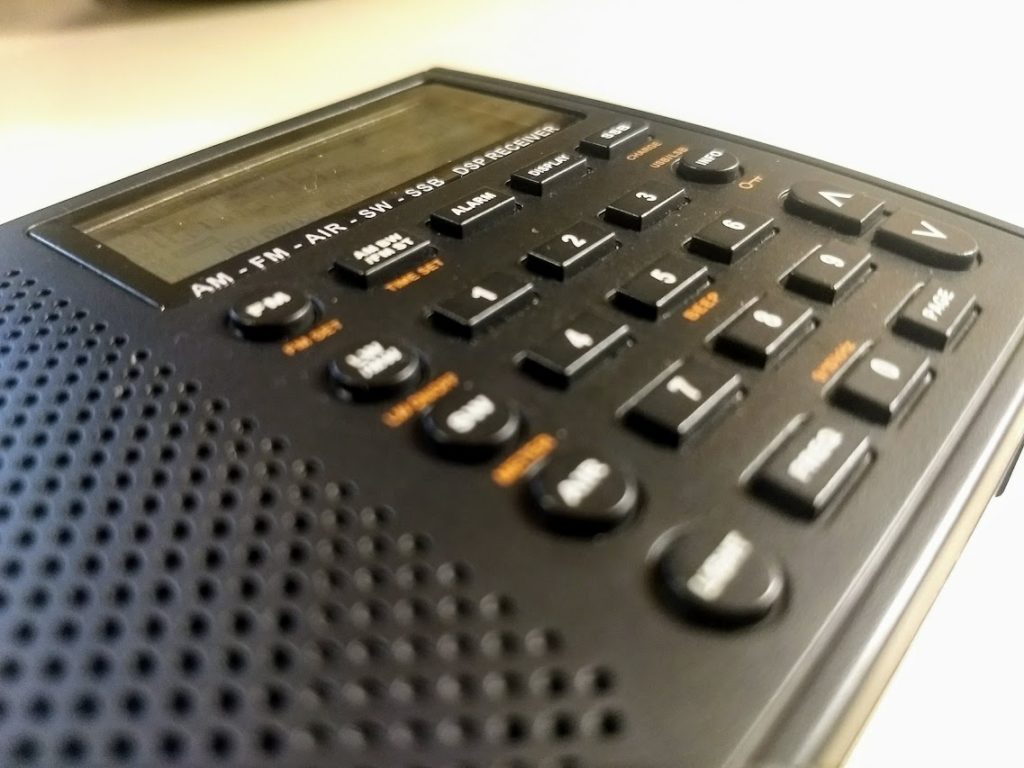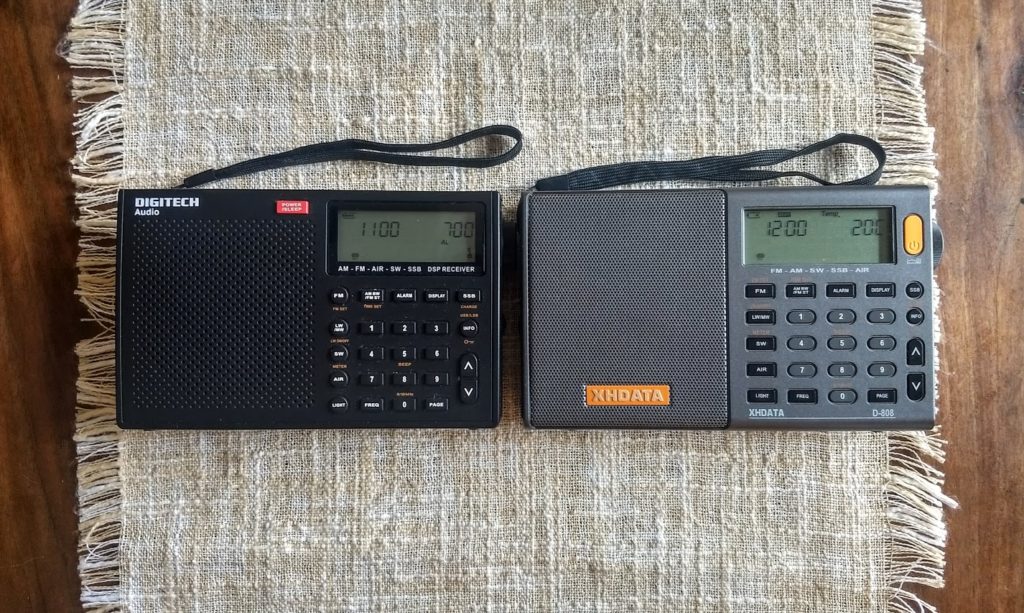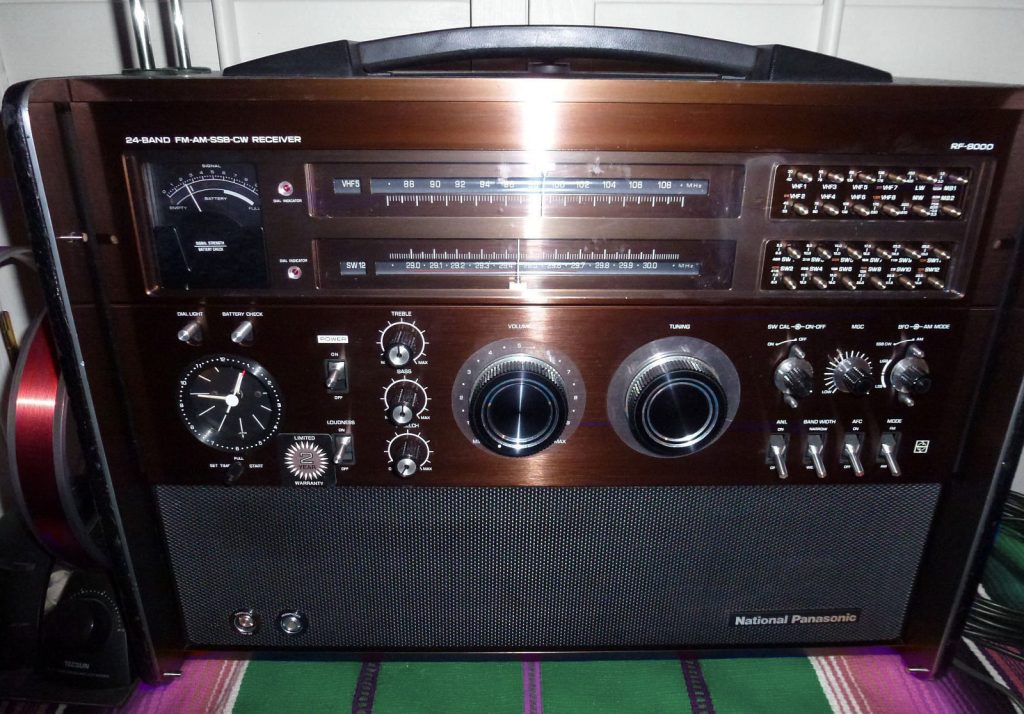
Many thanks to SWLing Post contributor, Paolo Viappiani (SWL I1-11437), who shares the following guest post:
Some Tips For Avoiding Internet Scams
by Paolo Viappiani – SWL I1-11437
[email protected]
Recently, I have been amazed by the growing number of frauds that foul up the radio market on the Internet (I was scammed too), so I decided to write a post in order to help anyone who is interested in buying anything on the web.
First, it’s worth saying that most scam attempts involve high-quality items that are offered at surprisingly low prices. One of the most significant examples involves some rare (and discontinued) high-end radios by National Panasonic, typically the RF-8000 and RF-9000 models. In this post, I make an example of the RF-8000, but scams also concern radios of other brands..
Generally speaking, a number of advertisements on the most known advertising/classifieds sites (Quoka.de and ebay-kleinanzeigen.de in Germany, Subito.it, Kijiji and AAAnnunci.it in Italy, Le Bon Coin in France, ComoFicho in Spain, etc.) are mirrors for larks only, and we have to pay a great attention in order not to be scammed.
But… how can we recognize a scam?
The most common scams use the following techniques:
- The scammer advertises a very rare radio in like-new condition at an unbelievably low price. The buyer does not want to miss the bargain, so he contacts the seller and promptly transfers the money to him without further ado, but after that he waits in vain for the delivery of his item.
- High quality radios offered very cheap. If you contact the seller, the item is suddenly abroad. The alleged seller then proposes to handle the purchase through a “trust company”. The radio should be paid for in advance and the amount sent via cash transfer, but after that you never hear anything from the seller again.
- Alternatively, the buyer is requested to to deposit the money to the eBay company account to get the product. But the account is fake (really eBay has no “COMPANY ACCOUNT” and never handles private transactions–!), so the buyer loses his money and receives nothing in return.
Please also notice that often the fraudulent sellers offer a free period for evaluating the item, saying that if you do not like the device, you can send it back. Please don’t fall into this trap, it is only one of the means the scammers use to entice you to purchase, but it is not true at all!
In the following section I’ll recount some examples of real scams concerning the National Panasonic RF-8000 and RF-9000 radios (but, as I already mentioned, the scams involve many other radios and also high-quality electronic or electro-acoustic devices).
One of the most prevalent (and very dangerous) scams concerning the RF-8000 radio is (was) perpetrated by a Portuguese seller who offered (for about 2.300 Euro on the AAAnnunci.it and Quoka.de websites) a very nice appearing radio, look at the photos below.
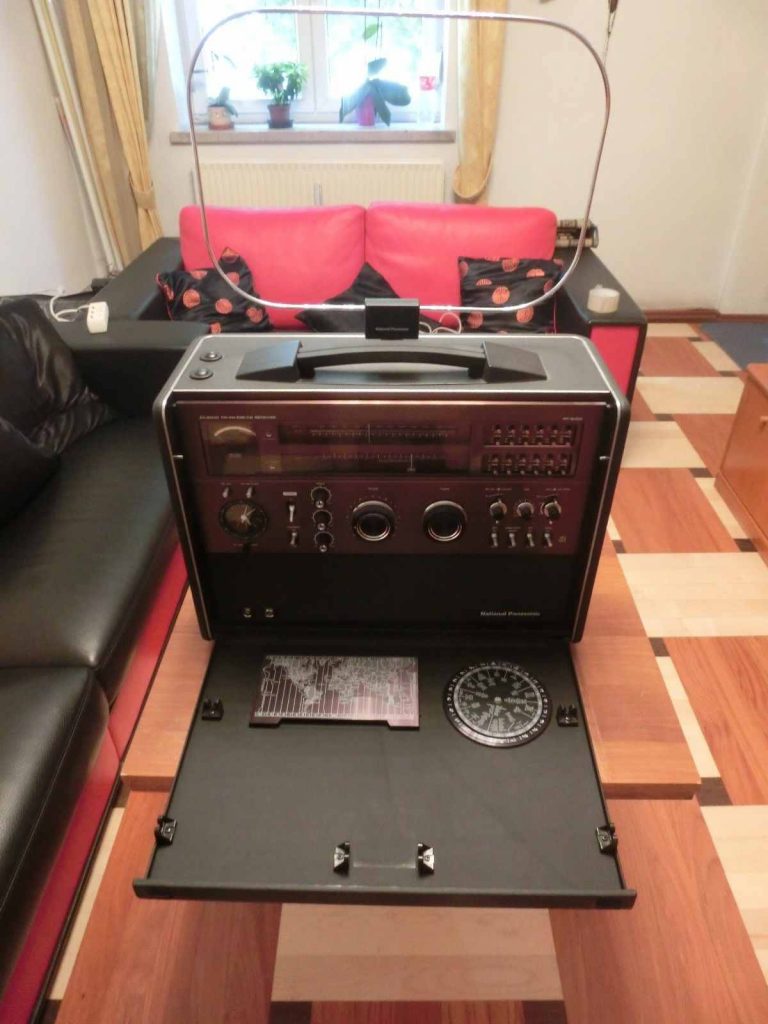
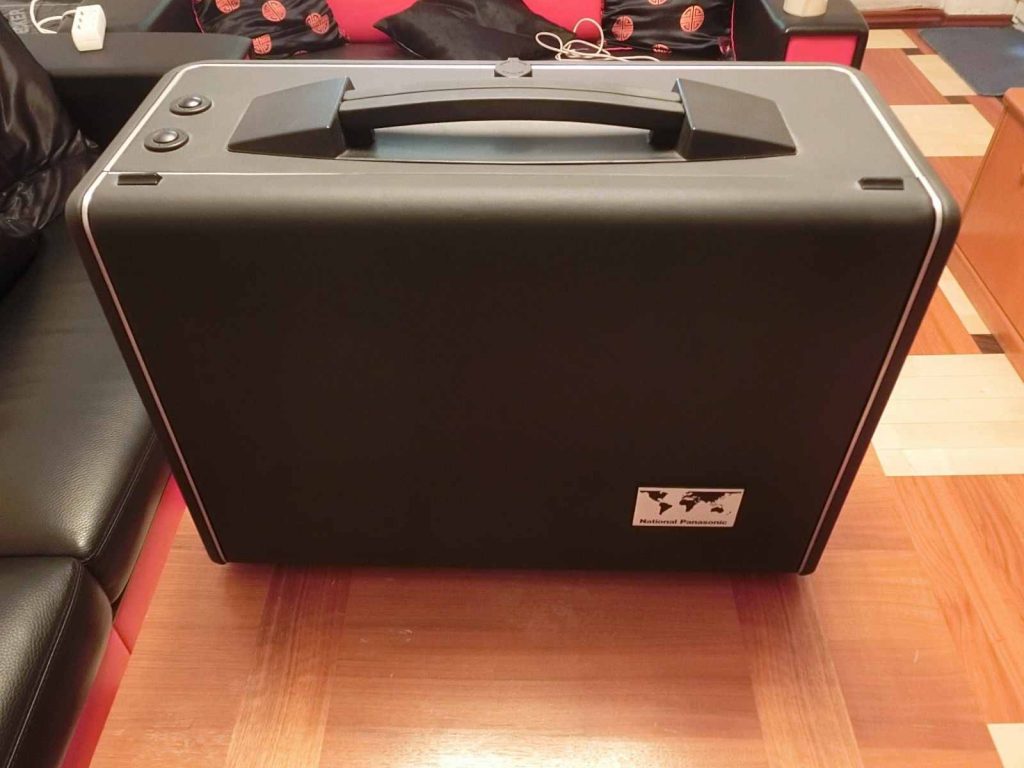
Really a radio in like-new conditions, uh?
But it is just a trap: most of the Panasonic RF-8000 radios have the leather covers on all sides cracked like crocodile skin (look at the image below); only a very few units still have the covers in pristine condition and for sure they cannot be found at cheap prices!
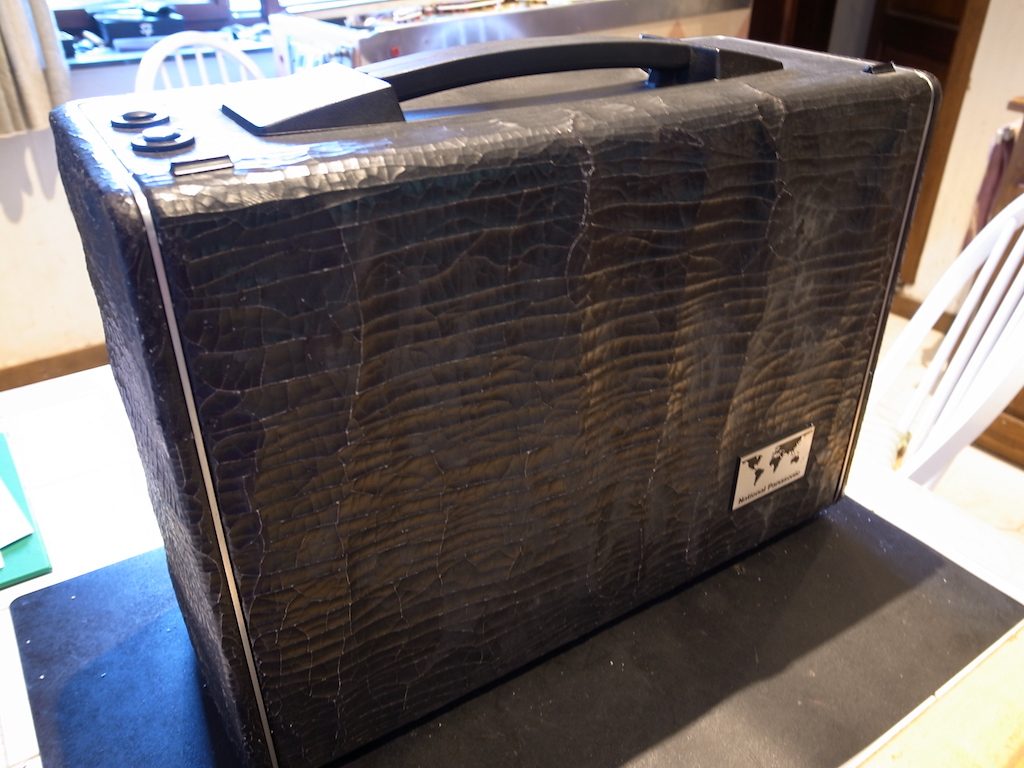
Incidentally, all the pictures used by that scammer (including the two shown in the first two pictures above) were stolen from an old eBay advertisement of October 2018 and that wonderful appearing RF-8000 was sold to a radio collector in China for about $ 5,000 USD.
But the same images also recently appeared on some European advertisement websites (in Italy and in Germany too); if you ask for info, you’ll be contacted soon by a seller from Portugal who offers to handle the purchase through a “trust company” of his confidence, named TrafCargo (beware of this, it is a convincing but fake website!).
Then, the seller requests that the amount for the radio and its shipping costs be sent via a bank wire transfer to the fake transportation company.
After that you never hear anything from the seller again.
Very similar scams are also found in various advertisement/classified websites (Quoka.de, ComoFicho.com etc.), look at the images below as examples. If such items are offered cheap, it is for sure a scam:
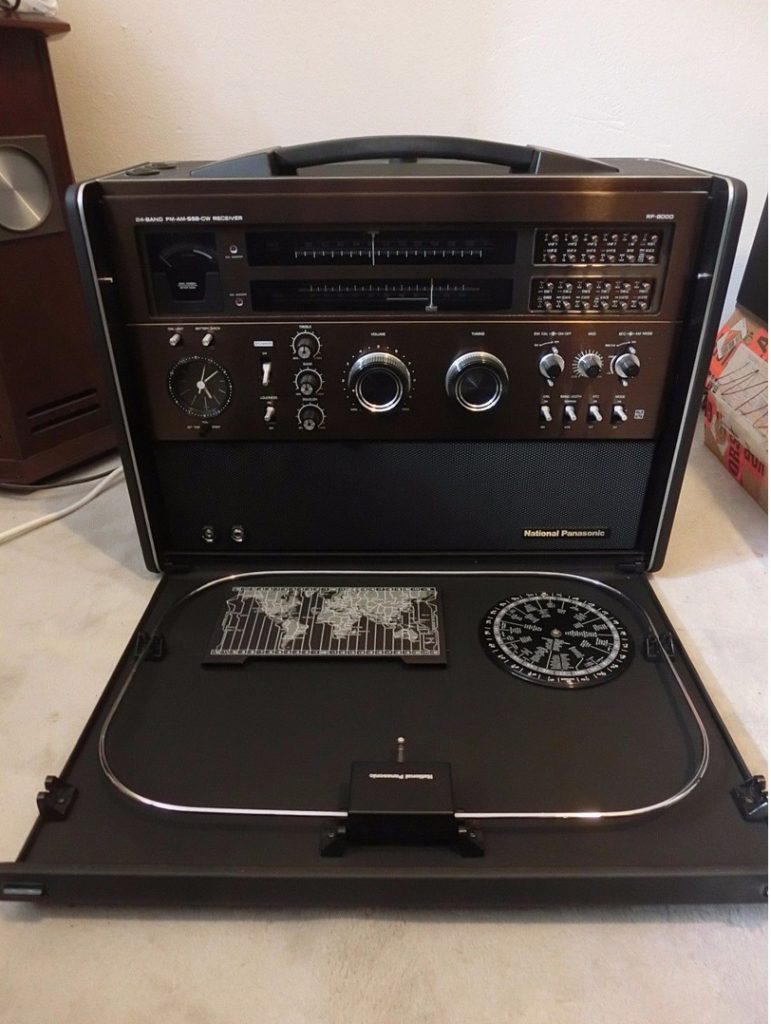
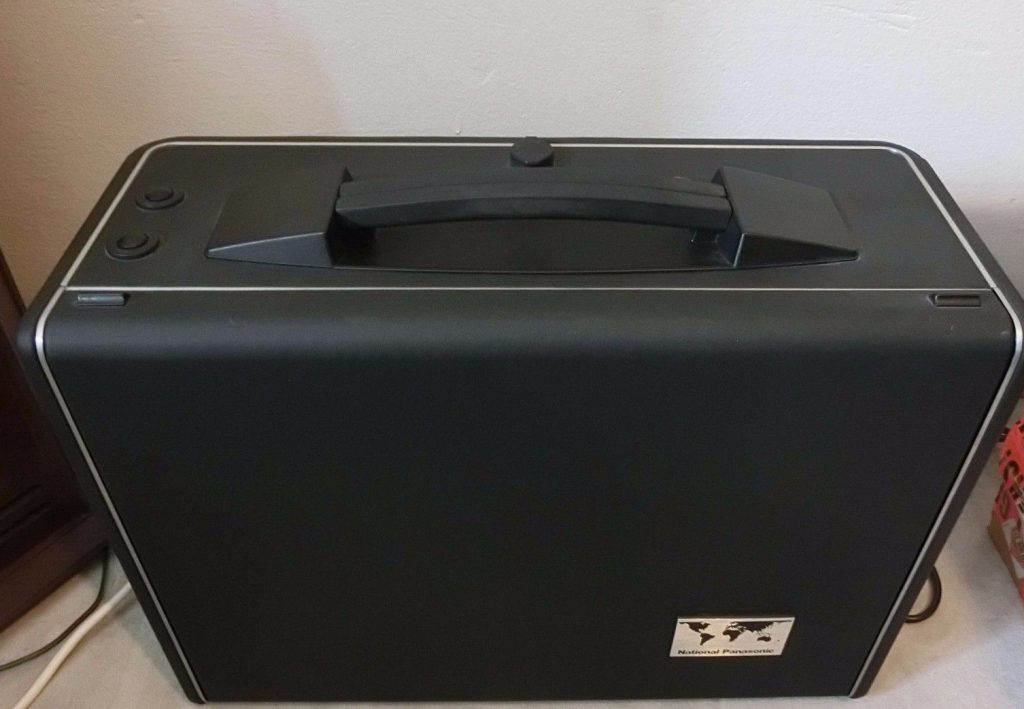
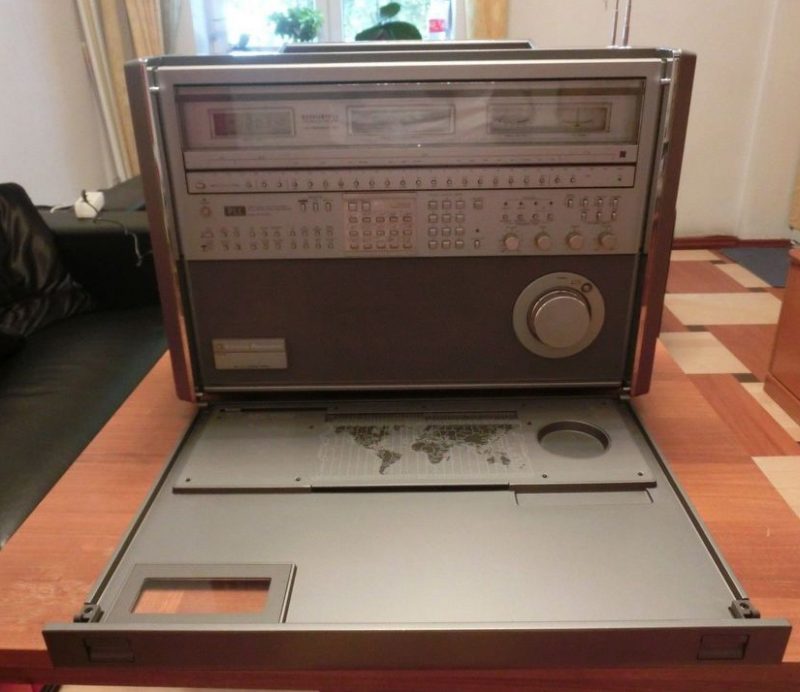
A similar attempt of fraud is commonly perpetrated by other people, including a female seller from Spain. As you might suspect, she offers something that looks like a real bargain, but it’s only a scam. After you have asked for info on the product, you receive a message in which it is specified that the item is located abroad and you are asked to deposit money to a fake “eBay” account (note that eBay does not accept any payment outside their site!).
In order to be more persuasive, often the scammer attaches a copy of his/her passport of other identity documentation in order to appear as a serious seller–please do not trust them however!
Also, beware of the fake “eBay invoice” that sometimes the scammers send, and for anything that involves eBay, contact the eBay helpdesk, ask for specific info and report them the fraud eventually.
In the following section you’ll find some useful advice on recognizing scams and making secure and safe purchases on the Internet:
- Always beware whenever the item is in a place (or a country) different from the one that was specified in the advertisement; also there is a valid reason for suspicion when the name or the address of the advertiser does not match the seller’s ones;
- Do not completely trust the pictures sent by the seller (they could be stolen from the Internet) and don’t forget to proceed to a “Google Image” search in order to find the sources of similar ones;
- Always ask the seller for some specific pictures or videos (radio precisely tuned on various frequencies and/or modes) and do not accept any runarounds about it (“you can try the radio for some days”, etc.); normally the scammers do not have the items they offer at hand, so they are not able to satisfy your precise requests.
- Never pay for the item in advance by rechargeable cards like Western Union or other non-secure ways of payment. Also the Bank Transfer (Wire Transfer) is not a secure form of payment in order to avoid frauds;
- Always ask the seller for payment by PayPal “Goods and Services” (NOT “Send money to friends”). If you choose Goods and Services, your purchase will be fully covered by the PayPal warranty.
And, in the case that you are a victim of a scam anyway, please always report the incident to the Police or the Judiciary of your Country, and don’t forget to also warn the site where the announcement was found.
Following the above advice should be sufficient to avoid any scam. So, good luck on your future web purchases!
This is excellent advice, Paolo. Thank you for sharing your experience!
One of my favorite bits of advice above–and one I use anytime I make a significant purchase via a classifieds website–is to ask the seller for specific photos or a video of the item. As you say, they don’t typically have the item on hand, so can’t comply and will make up excuses. That’s a major red flag!
Another red flag? If it sounds too good to be true, it probably is! Trust your instincts and avoid the hassle and headache.
Post readers: Please share any other advice you have about avoiding radio scams. Have you ever been the victim of a scam? How did it play out? Please comment!
Do you enjoy the SWLing Post?
Please consider supporting us via Patreon or our Coffee Fund!
Your support makes articles like this one possible. Thank you!


